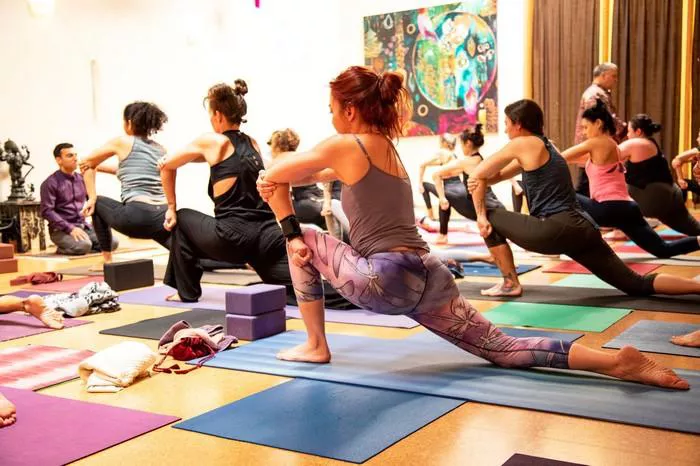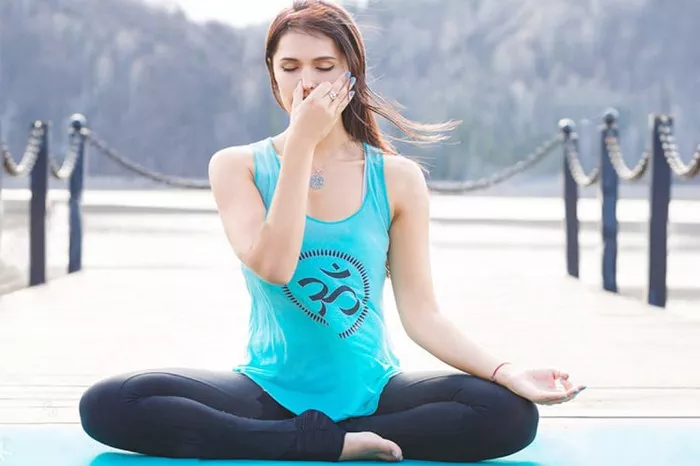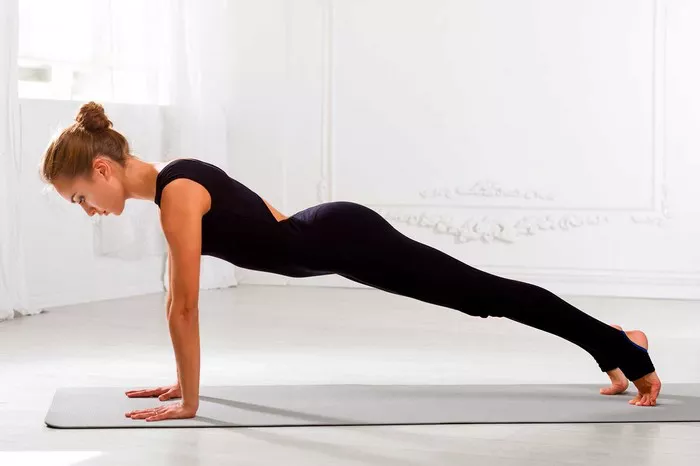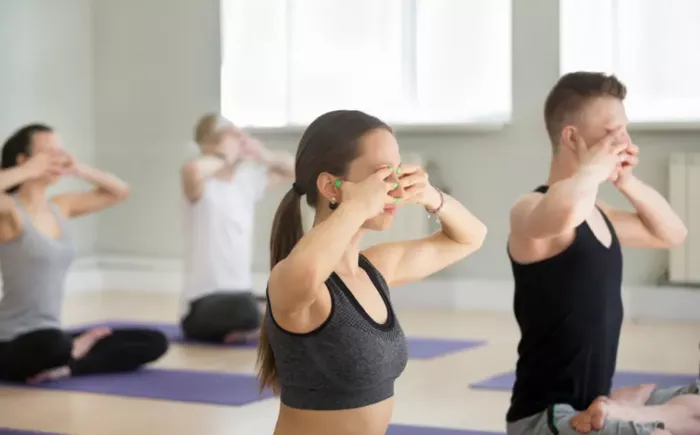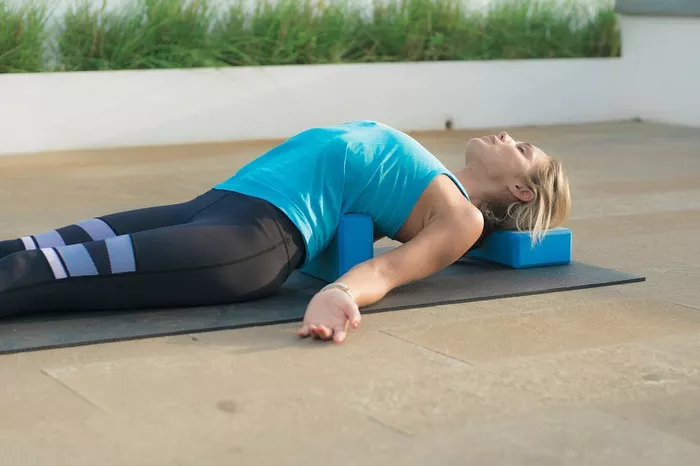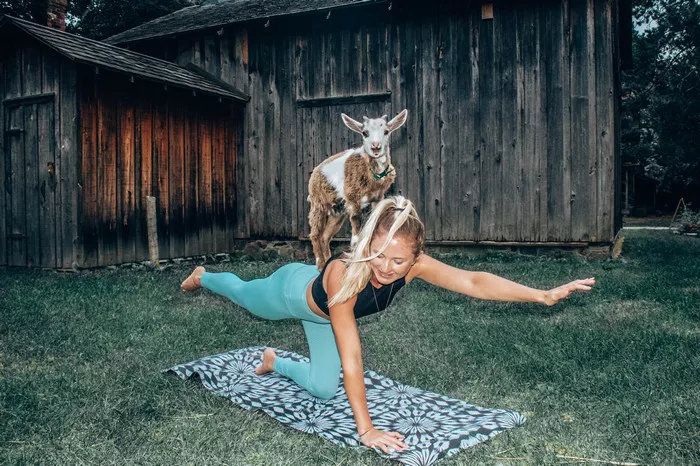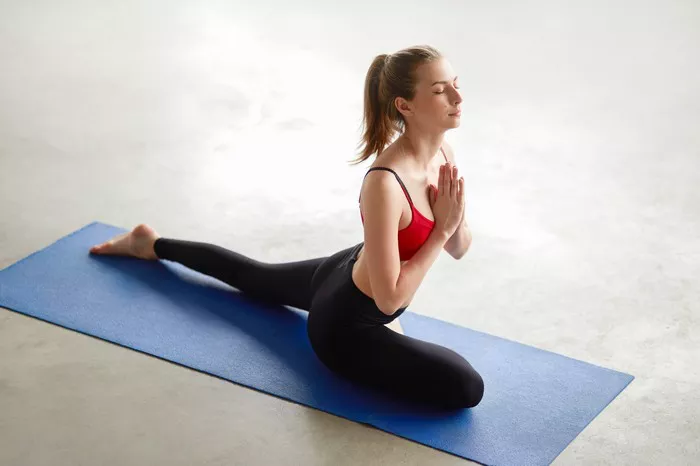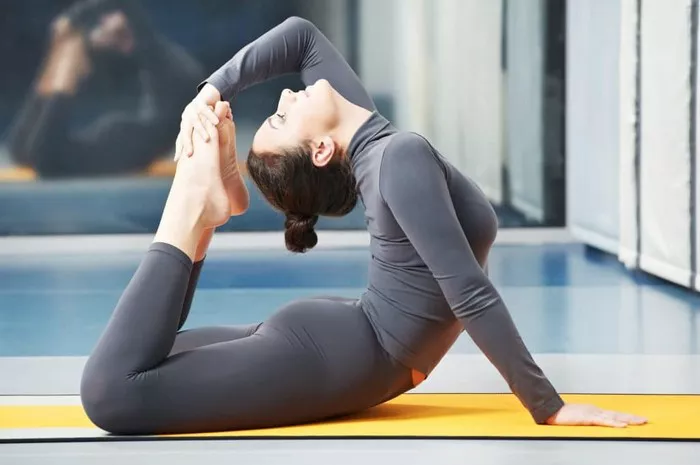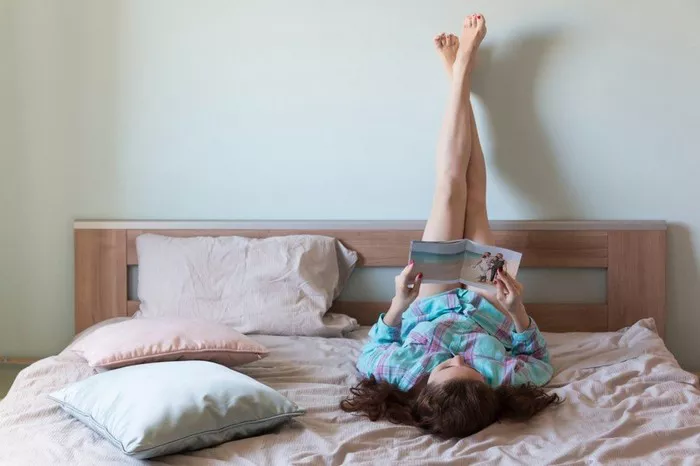Scoliosis, characterized by an abnormal sideways curvature of the spine, affects millions of people worldwide, causing discomfort, pain, and limited mobility. While there is no cure for scoliosis, various therapeutic approaches aim to alleviate symptoms and improve quality of life. Restorative yoga, with its gentle and supportive poses, offers a promising avenue for individuals with scoliosis to find relief, enhance spinal flexibility, and cultivate a sense of balance within their bodies.
Understanding Scoliosis and Its Challenges
Before delving into specific restorative yoga poses, it’s essential to grasp the nuances of scoliosis and the challenges it presents. Scoliosis can manifest in different forms, ranging from mild to severe, and may develop during childhood or adolescence. Common symptoms include uneven shoulders or hips, muscle imbalances, back pain, and restricted breathing due to spinal curvature.
Living with scoliosis often entails navigating physical discomfort and limitations that can impact daily activities and overall well-being. Traditional treatment approaches may involve bracing, physical therapy, or, in severe cases, surgical intervention. However, integrating complementary practices like restorative yoga into a holistic treatment plan can offer valuable benefits for managing scoliosis symptoms.
The Therapeutic Potential of Restorative Yoga
Restorative yoga is a gentle form of yoga that prioritizes relaxation and deep release. Unlike more dynamic styles, such as vinyasa or power yoga, restorative yoga focuses on supported postures held for extended periods, allowing the body to surrender tension and stress. Through the use of props like bolsters, blankets, and blocks, restorative poses provide gentle traction, promoting spinal alignment and decompression.
For individuals with scoliosis, incorporating restorative yoga into their routine can be particularly beneficial. By gently stretching and mobilizing the spine, these poses help alleviate muscular tension, improve posture, and enhance overall spinal flexibility. Additionally, the focus on mindful breathing encourages relaxation and fosters a deeper mind-body connection, which is essential for managing chronic pain and discomfort.
Key Considerations When Practicing Restorative Yoga with Scoliosis
Before embarking on a restorative yoga practice, it’s crucial for individuals with scoliosis to consult with their healthcare provider or a qualified yoga instructor. While restorative yoga is generally safe for most individuals, modifications may be necessary to accommodate the specific needs and limitations associated with scoliosis.
Here are some key considerations to keep in mind when practicing restorative yoga with scoliosis:
1. Seek Professional Guidance: Work with a knowledgeable yoga instructor who has experience working with individuals with scoliosis. They can provide personalized guidance and suggest modifications tailored to your unique spinal curvature and range of motion.
2. Listen to Your Body: Honor your body’s limitations and avoid pushing yourself into positions that cause pain or discomfort. Pay attention to any sensations or areas of tension, and adjust the pose or use additional props as needed to ensure comfort and safety.
3. Focus on Alignment: Pay close attention to spinal alignment in each pose, aiming to create length and space along the curves of the spine. Use props strategically to support proper alignment and minimize asymmetry.
4. Practice Mindful Breathing: Cultivate awareness of your breath and use it as a tool to deepen relaxation and release tension. Focus on slow, steady breaths, allowing the breath to penetrate areas of tightness and facilitate relaxation.
5. Modify As Needed: Don’t hesitate to modify poses or use additional props to accommodate your body’s unique needs. Experiment with different variations and adjustments to find what feels most supportive and comfortable for you.
Restorative Yoga Poses for Scoliosis Relief
Now, let’s explore some restorative yoga poses that can provide relief and support for individuals with scoliosis. Remember to approach each pose mindfully, focusing on proper alignment and relaxation. Feel free to modify as needed and stay connected to your breath throughout the practice.
1. Supported Child’s Pose (Balasana):
- Begin by kneeling on the floor with your big toes touching and knees hip-width apart.
- Place a bolster or stack of blankets vertically between your thighs.
- Slowly lower your torso forward, draping it over the bolster, and extend your arms forward or alongside your body.
- Rest your forehead on the mat or a block and allow your spine to lengthen.
- Close your eyes and breathe deeply, feeling the gentle stretch along your spine and hips.
- Hold for 3-5 minutes, focusing on relaxing tension in the back muscles.
2. Supported Bridge Pose (Setu Bandhasana):
- Lie on your back with your knees bent and feet hip-width apart, flat on the floor.
- Place a bolster or yoga block under your sacrum, supporting your lower back.
- Press into your feet and lift your hips towards the ceiling, creating a gentle backbend.
- Rest your arms alongside your body with palms facing up, or clasp your hands underneath you for additional support.
- Close your eyes and breathe deeply, allowing your spine to lengthen and your chest to open.
- Hold for 3-5 minutes, focusing on relaxing the muscles of the back and shoulders.
3. Supported Twist (Supta Matsyendrasana):
- Lie on your back with your knees bent and feet flat on the floor, hip-width apart.
- Extend your arms out to the sides in a T position, palms facing down.
- Lift your hips slightly and shift them to the right, then lower both knees to the left.
- Place a bolster or stack of blankets under your knees for support, ensuring both shoulders remain grounded.
- Turn your head to the right and gaze towards your right hand, keeping the spine neutral.
- Close your eyes and breathe deeply, feeling the gentle twist along the spine and torso.
- Hold for 3-5 minutes, then repeat on the opposite side.
4. Supported Forward Fold (Paschimottanasana):
- Sit on the floor with your legs extended in front of you and feet flexed.
- Place a bolster or folded blanket on top of your thighs.
- Inhale to lengthen your spine, then exhale to hinge forward from the hips, resting your torso on the bolster.
- Support your forehead with your hands or a block if needed, allowing your spine to lengthen and relax.
- Close your eyes and breathe deeply, feeling the stretch along the entire length of the spine.
- Hold for 3-5 minutes, focusing on softening the muscles of the back and releasing tension.
5. Supported Savasana (Corpse Pose):
- Lie on your back with your legs extended and arms resting comfortably at your sides, palms facing up.
- Place a bolster or rolled blanket under your knees to support the natural curve of the lower back.
- Close your eyes and allow your body to sink into the mat, releasing all tension.
- Focus on your breath, allowing it to flow naturally and effortlessly.
- Surrender to the present moment, letting go of any thoughts or worries.
- Remain in Savasana for 5-10 minutes or longer, enjoying deep relaxation and restoration.
Conclusion
Incorporating restorative yoga into your daily routine can be a valuable tool for managing the symptoms of scoliosis and promoting spinal health. By practicing gentle, supported poses and focusing on alignment, relaxation, and mindful breathing, individuals with scoliosis can find relief from pain and discomfort while enhancing overall well-being. Remember to approach your practice with patience, compassion, and a willingness to listen to your body’s needs. With dedication and consistency, restorative yoga can become an essential part of your self-care routine, helping you cultivate balance, resilience, and peace within your body and mind.




